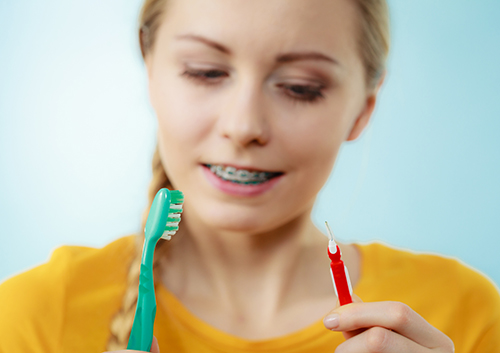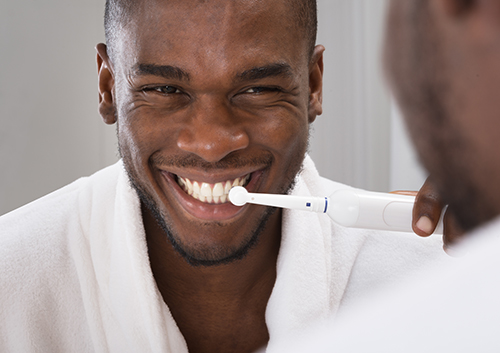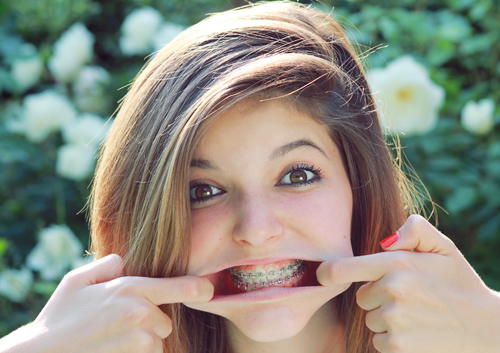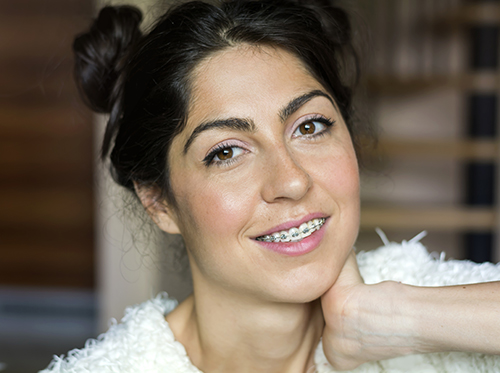Creating Space for New Incoming Teeth
June 19th, 2025
Creating the necessary space for a healthy, beautiful smile is a fundamental step in orthodontic care at Family Orthodontics of Jupiter. Many patients in Jupiter, FL, and the surrounding communities seek braces or Invisalign treatment because their teeth are crowded or overlapping. This common orthodontic issue can impact not only the appearance of your smile but also your oral health and bite function. Our expert team, led by Dr. Christopher West, is dedicated to helping patients achieve optimal results with personalized treatment plans, whether you need traditional braces, clear aligners, or innovative orthodontic solutions.
When teeth are too crowded, there simply isn’t enough room for them to align evenly. This can lead to overlapping, crooked teeth, and even bite problems such as malocclusion. The first step in addressing this issue is determining exactly how much space is needed to allow for proper teeth alignment and bite correction. For some patients, especially those with significant crowding, advanced orthodontic solutions like palatal expanders, surgical orthodontics, or extractions may be necessary. However, for many, especially those only needing a small amount of space for braces or Invisalign treatment, orthodontic spacers are the ideal solution.
Orthodontic spacers, also known as separators, are small, elastic rings—often made of rubber—designed to create just enough room between teeth so that orthodontic bands or brackets can be placed properly. These bands are essential for anchoring braces securely around your molars, especially when there is crowding in the back of your mouth. At Family Orthodontics of Jupiter, we use spacers to gently and efficiently separate teeth, making it possible to fit bands that support braces and help correct bite issues.
Even if you don’t require bands, spacers may still be recommended to ensure there is adequate space between your teeth for braces to work effectively. Without enough space, braces can cause teeth to move closer together, increasing the risk of bite problems, tooth decay, and other complications. Our Jupiter orthodontist team carefully evaluates each patient’s unique needs to determine the best approach for creating space and achieving optimal results.
The process of placing spacers is quick and straightforward, usually taking just a few minutes during your office visit. Each spacer is stretched and gently positioned between your teeth with a special tool. As it returns to its original shape, the spacer exerts gentle pressure, gradually creating the necessary space. Most patients only need spacers for a short period—typically less than two weeks—before they are ready for the next stage of their orthodontic treatment.
While spacers are generally comfortable and well-tolerated, some patients may experience mild discomfort, pressure, or a sensation that something is stuck between their teeth. This is completely normal and usually subsides within a few days. Our team at Family Orthodontics of Jupiter is always available to offer tips and recommendations for managing any discomfort, such as enjoying soft foods, cold drinks, or over-the-counter pain relief if needed.
To ensure the best results from your spacers, it’s important to follow a few simple guidelines. Avoid using dental picks or floss around your spacers, and steer clear of chewing gum or sticky, chewy foods that could dislodge them. Resist the temptation to touch or play with your spacers, as this can interfere with the process. With proper care, spacers will do their job efficiently, often falling out on their own once the necessary space has been created.
If your spacers fall out before your next scheduled appointment, don’t worry—this is often a sign that you are ready to move forward with your braces or Invisalign treatment. Simply give our Jupiter, FL office a call, and our friendly team will guide you through the next steps. Your journey to a healthier, more confident smile begins with these small but important preparations.
At Family Orthodontics of Jupiter, we are passionate about providing exceptional orthodontic care for patients of all ages. Whether you are considering braces, Invisalign, or other orthodontic treatments, our dedicated team is here to support you every step of the way. From your initial consultation to your final smile transformation, we prioritize your comfort, safety, and satisfaction.
Choosing the right orthodontic treatment is an important decision, and our Jupiter orthodontist team is committed to helping you achieve the best possible results. We offer a wide range of treatment options, including traditional metal braces, clear braces, Invisalign for teens and adults, and specialized care for complex orthodontic needs. Our office is equipped with the latest technology and staffed by experienced professionals who are dedicated to making your orthodontic experience positive and rewarding.
If you or a family member are interested in learning more about orthodontic treatment in Jupiter, FL, we invite you to schedule a consultation with Dr. Christopher West and our team. Discover how we can help you achieve a beautiful, healthy smile that lasts a lifetime. Contact us today to request an appointment and take the first step toward your smile transformation.


























































































































































































































































































